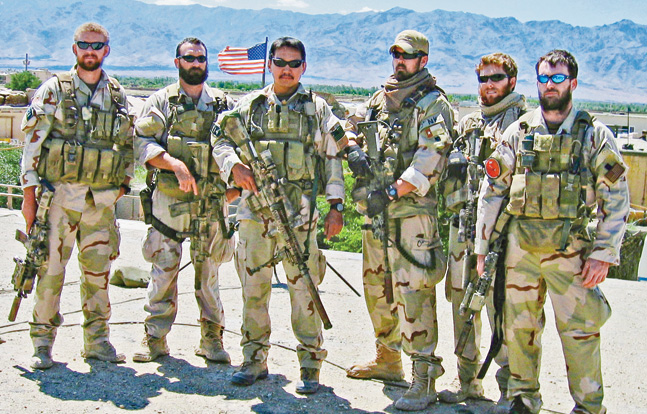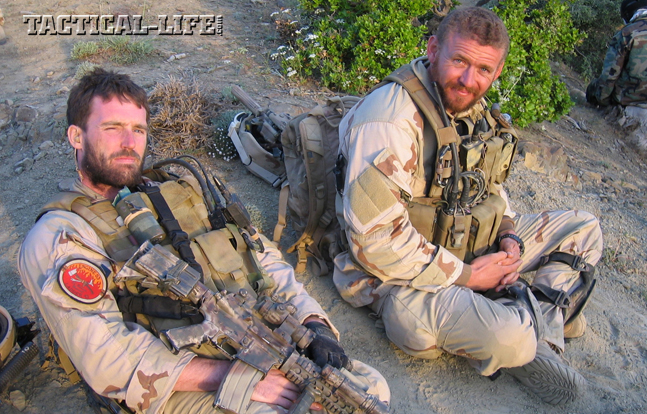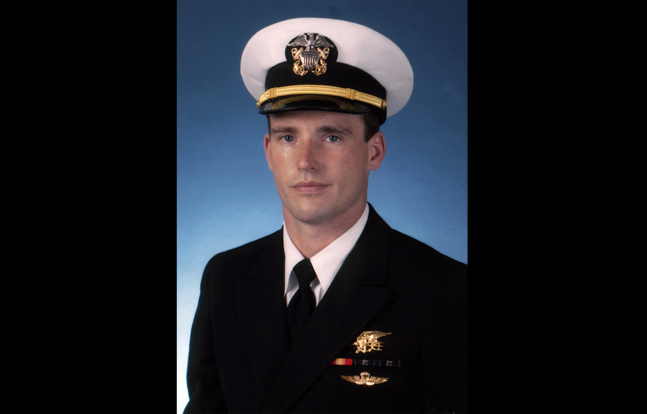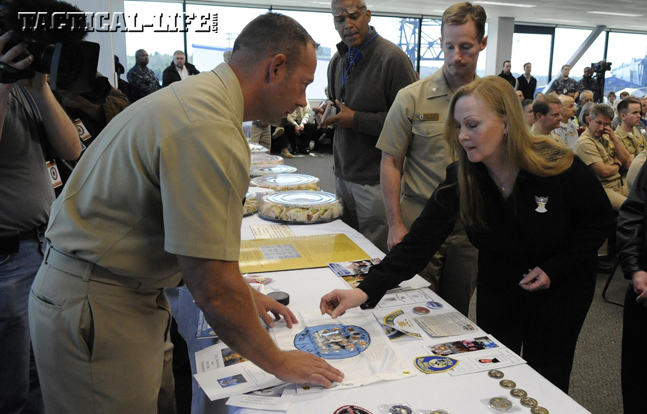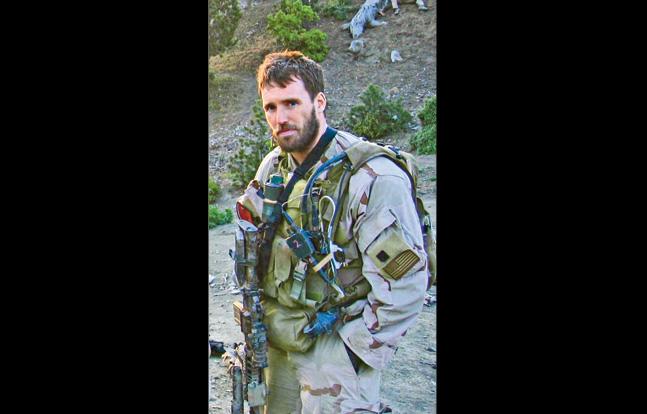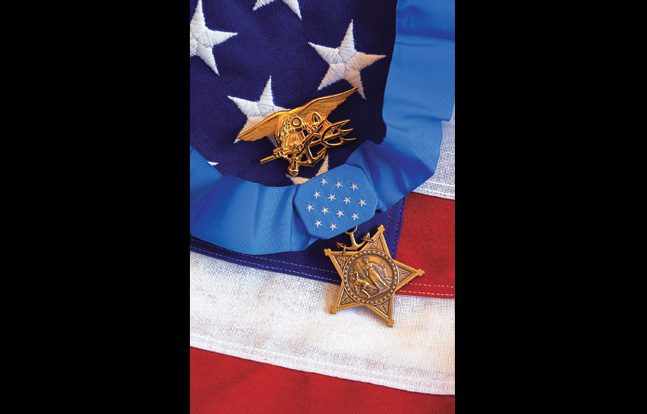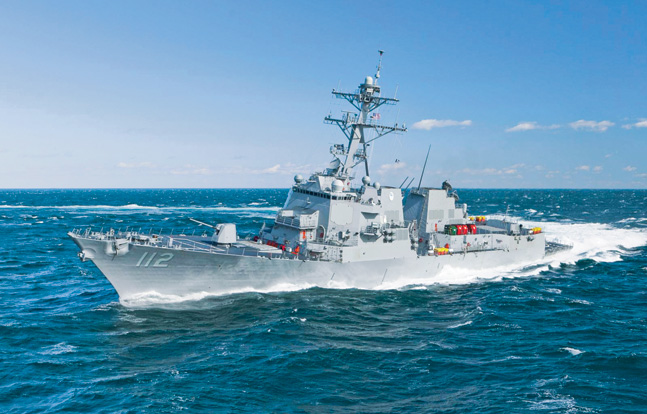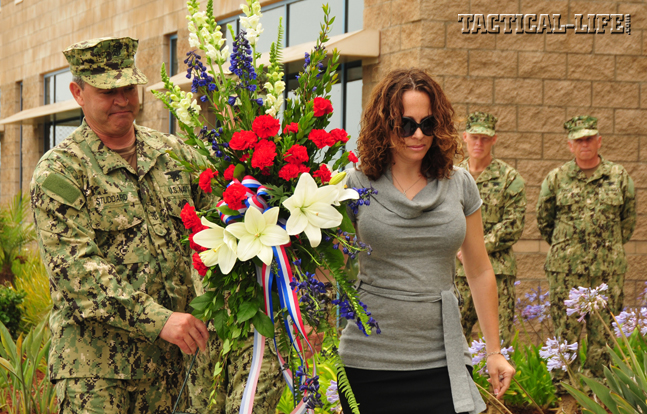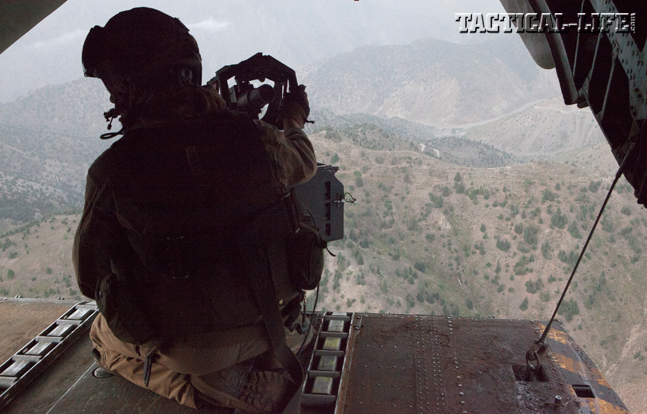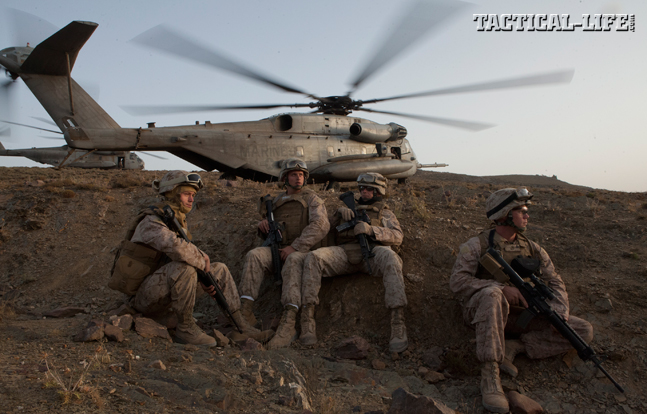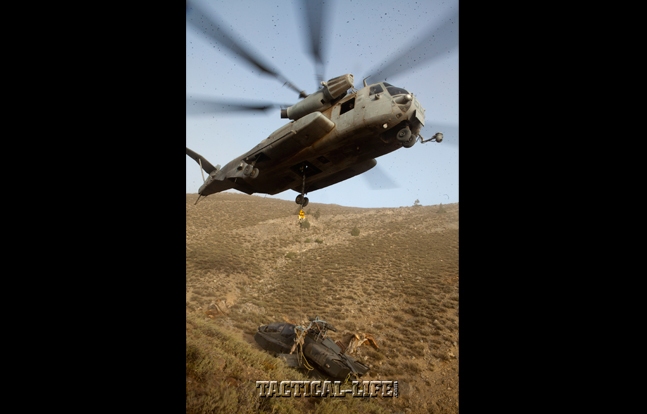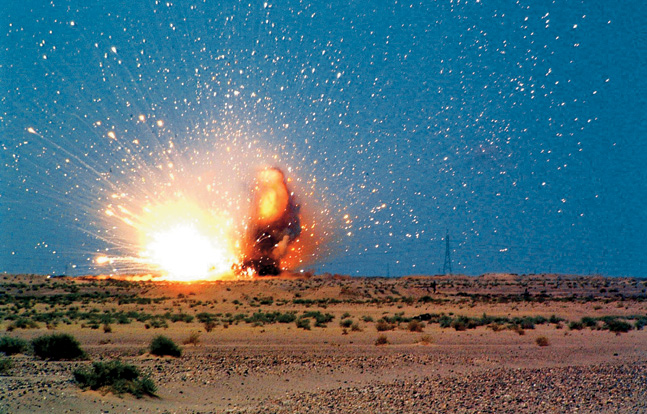The U.S. Navy has always been known for its “wooden ships and iron men.” Today that tradition continues with the USS Michael Murphy (DDG-122) destroyer.
On June 28, 2005, deep behind enemy lines east of Asadabad in the Hindu Kush of Afghanistan, a committed four-man Navy SEAL team was conducting a reconnaissance mission (known as Operation Red Wings) at an altitude of approximately 10,000 feet. Navy SEALs are often tasked to conduct reconnaissance and direct-action missions against targets throughout the Global War on Terror.
On this day, SEAL Lt. Michael Murphy, Gunner’s Mate 2nd Class Danny Dietz, Sonar Technician 2nd Class Matthew Axelson and Hospital Corpsman 2nd Class Marcus Luttrell were on the hunt looking for Ahmad Shah, a terrorist in his mid-30s who was wanted for attacks on coalition troops.
Advertisement — Continue Reading Below
Shah used the name Muhammad Ismail and led a group of guerrilla terrorists known to locals as the “Mountain Tigers.” That group had aligned with the Taliban and conducted attacks against coalition troops near the Pakistani border. As the SEAL team searched for their wanted man, locals presumably reported their presence and location to the local Taliban soldiers and compromised the team.
The Gunfight
According to reports, within hours an enemy force of over 50 terrorists found and surrounded the SEAL team. A fierce firefight erupted—the enemy had the SEALs outnumbered and had the high ground. They launched a well-organized, three-sided attack on the SEALs, forcing them deeper into a ravine. Only the SEALs’ superior marksmanship and training kept them from being overrun.
Advertisement — Continue Reading Below
During the battle, each man ended up getting wounded as they tried to get to a safer position. They began down the mountain’s steep sides, making leaps of 20 to 30 feet. Approximately 45 minutes into the fight and pinned down by the overwhelming forces, Dietz, the communications petty officer, sought open air to place a distress call back to the TOC. As he began to move, he was shot in the hand, shattering his thumb.
Seeing this and knowing that his team’s only hope was to call for help, and with grave gunshot wounds of his own, Lt. Michael Murphy left cover and, completely disregarding his own life, moved into the open, where he could gain a better position to transmit a call to get help for his men.
Lt. Murphy moved away from the protective mountain rocks, knowingly exposing himself to increased enemy gunfire. He made contact with the special operations Quick Reaction Force (QRF) at Bagram Air Base and requested assistance. While receiving fire and being hit, he calmly provided his unit’s location, the size of the enemy force and requested immediate support for his team. At one point, he was shot in the back, causing him to drop the transmitter. But he picked it back up, completed the call and continued firing at the enemy, who was closing in. Although severely wounded, Lt. Murphy returned to his cover position with his men and continued the battle.
Advertisement — Continue Reading Below
Continue Reading: Operation Red Wings | Navy SEALs & Army Special Forces

The Rescue Attempt
The QRF responded and an MH-47 Chinook helicopter, with eight additional SEALs and eight Army Night Stalkers aboard, was sent in as part of an extraction mission to pull out the four SEALs. The MH-47 was escorted by heavily armored Army attack helicopters, which were the Chinook’s protection.
Advertisement — Continue Reading Below
The MH-47 outran the heavier attack helicopters and, without their escorts, continued into the hot zone in daylight. As the Chinook raced to the battle, a rocket-propelled grenade struck the helicopter, killing all 16 men aboard. On the ground and nearly out of ammunition, the four SEALs continued the fight. By the end of a two-hour gunfight that took the SEAL team through the hills and over cliffs, Lt. Murphy, ST2 Axelson and GM2 Dietz were killed. During the firefight, the four SEALs killed an estimated 35 Taliban.
Marcus Luttrell, the surviving fourth SEAL, had been thrown over a ridge by a blast from a rocket-propelled grenade and was knocked unconscious. Once he regained consciousness, though badly injured, he managed to escape by slowly crawling down the side of a cliff. He was dehydrated, had a bullet wound in one leg, shrapnel embedded in both legs and three cracked vertebrae; his prospects for survival were dim.
Other rescue helicopters were sent in, but he was too weak and injured to make contact. Luttrell walked 7 miles on foot as he evaded the enemy for nearly a day. Thankfully, friendly local nationals came to his aid and carried him to a nearby village, where they hid him for three days as the Taliban, on three separate occasions, demanded the village turn him over. The villagers refused. One of the villagers made his way to a U.S. Marine outpost with a note from Luttrell, and on July 2, U.S. forces launched a massive rescue operation for Luttrell.
Advertisement — Continue Reading Below
Medal of Honor
Lt. Murphy was able to relay the position of his unit, an act that ultimately led to the rescue of Luttrell and the recovery of the remains of the three others who were killed in the pitched battle. The battle during Operation Red Wings was the worst single-day U.S. forces death toll since Operation Enduring Freedom began. It was also the single largest loss of life for U.S. Naval Special Warfare since World War II.
Lt. Murphy was buried at Calverton National Cemetery, less than 20 miles from his childhood home in Patchogue, New York. Lt. Murphy’s awards include the Purple Heart, the Combat Action Ribbon, the Joint Service Commendation Medal, the Navy and Marine Corps Commendation Medal, the Afghanistan Campaign Ribbon, the National Defense Service Medal and the Congressional Medal of Honor. In fact, Lt. Michael Murphy was the first sailor to receive the Congressional Medal of Honor since the Vietnam War. The USS Michael Murphy was also named in his honor.
Advertisement — Continue Reading Below
According to the U.S. Navy, the USS Michael Murphy is the 62nd ship of the Arleigh Burke-class destroyers. The ship is named for Medal of Honor recipient SEAL Lt. Michael P. Murphy. The ship was built at Bath Iron Works and was named Michael Murphy by Secretary of the Navy Donald C. Winter on May 7, 2008.
Her keel was laid down on June 18, 2010. The ship was christened on 7 May 2011, which is Lt. Murphy’s birthday and is sponsored by Maureen Murphy, Lt. Murphy’s mother. On June 18, 2010, Maureen Murphy and Edwin Bard inscribed the signatures of Murphy’s family on an iron plate during a dedication ceremony. The plate was affixed to the ship’s hull during construction.
Author’s note: This article is dedicated to Lt. Murphy and all the other warriors who never made it home from Operation Red Wings. May their valor, courage and warrior spirit, embodied in the USS Michael Murphy, never be forgotten.
Advertisement — Continue Reading Below
